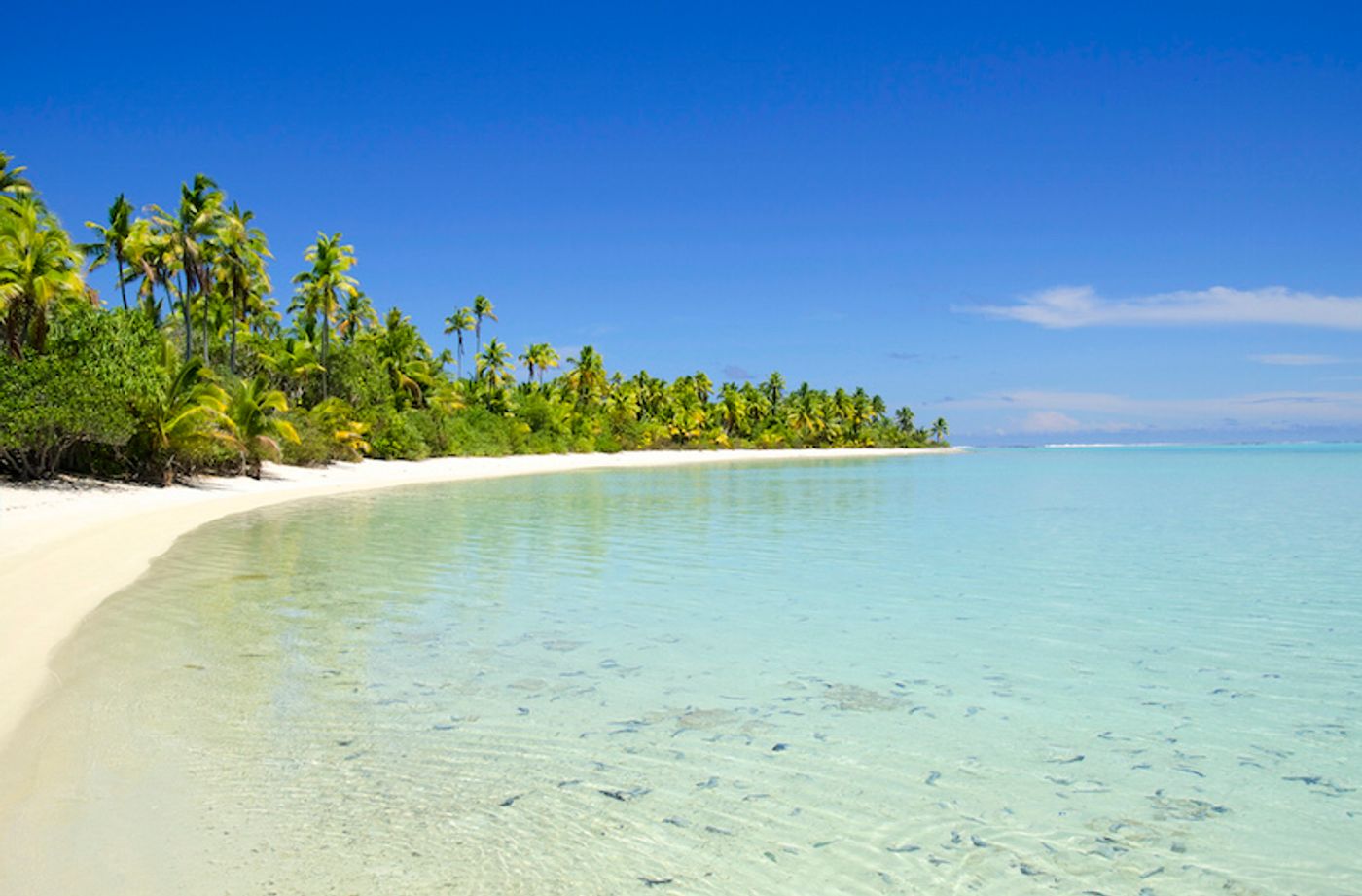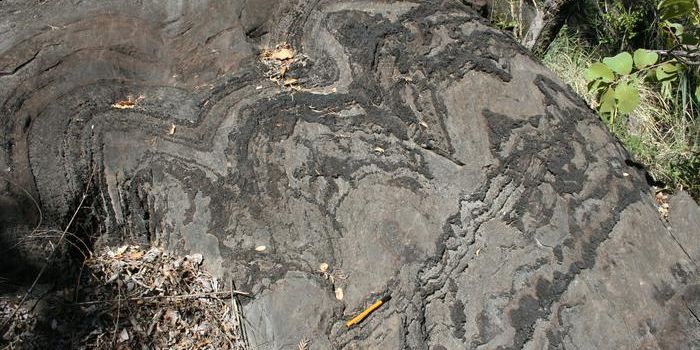With rising seas, atolls will be uninhabitable by mid-century
You know all those paradise islands in the middle of the Pacific Ocean – the ones that you see in adventure magazines with clear aquamarine waters and a white-sand beach completely devoid of people? Well, many of those spots are atolls, low-lying ring-shaped islands formed from coral reefs. Taking over 30 million years to form, the majority of atolls are located in the Pacific and Indian oceans and they provide habitat for important marine ecosystems.
But new research published in Science Advances suggested that these long-ago formed islands will likely not survive rising sea levels much longer – in fact, they could be “uninhabitable” by the middle of this century. This research comes from collaborating scientists from the U.S. Geological Survey, Deltares, National Oceanic and Atmospheric Administration, and the University of Hawaii at Manoa.
The scientists behind the investigations used Roi-Namur Island on Kwajalein Atoll in the Republic of the Marshall Islands as a case study. From November of 2013 to May of 2015, they analyzed the impacts of rising seas and wave-driven flooding on the island, focusing specifically on the impacts on infrastructure and freshwater availability. The island is home to the Ronald Reagan Ballistic Missile Defense Test Site, which utilizes radar systems to track and classify missile reentry vehicles. About 150 people, mostly employees of the test site, live on the island. In total, The Republic of the Marshall Islands is composed of over 1,100 low-lying islands on 29 atolls, which hundreds of thousands of people call home.
The study’s findings predict that the effects of climate change will severely threaten life on atolls, making freshwater resources even more limited and inundating terrestrial habitats and infrastructure. "The tipping point when potable groundwater on the majority of atoll islands will be unavailable is projected to be reached no later than the middle of the 21st century," said Curt Storlazzi, lead author and USGS geologist.
That finding is new, as previous studies which did not incorporate the effects of wave-driven flooding had predicted that low-lying islands would be relatively unaffected until the end of the century. "The overwash [flooding] events generally result in salty ocean water seeping into the ground and contaminating the freshwater aquifer. Rainfall later in the year is not enough to flush out the saltwater and refresh the island's water supply before the next year's storms arrive repeating the overwash events," co-author Stephen Gingerich stated.
Because most atolls have a similar morphology and structure, the authors explain that the results of this study can be used as a model for other atolls around the world, as well. That means that atolls all over the world will be seeing annual flooding and overwash events within a matter of several decades. The authors explain the significance of this finding: “This study provides critical information for understanding the timing and magnitude of climate change impacts on atoll islands that will result in significant, unavoidable geopolitical issues if it becomes necessary to abandon and relocate low-lying island states.”
Sources: Science Daily, Science Advances









